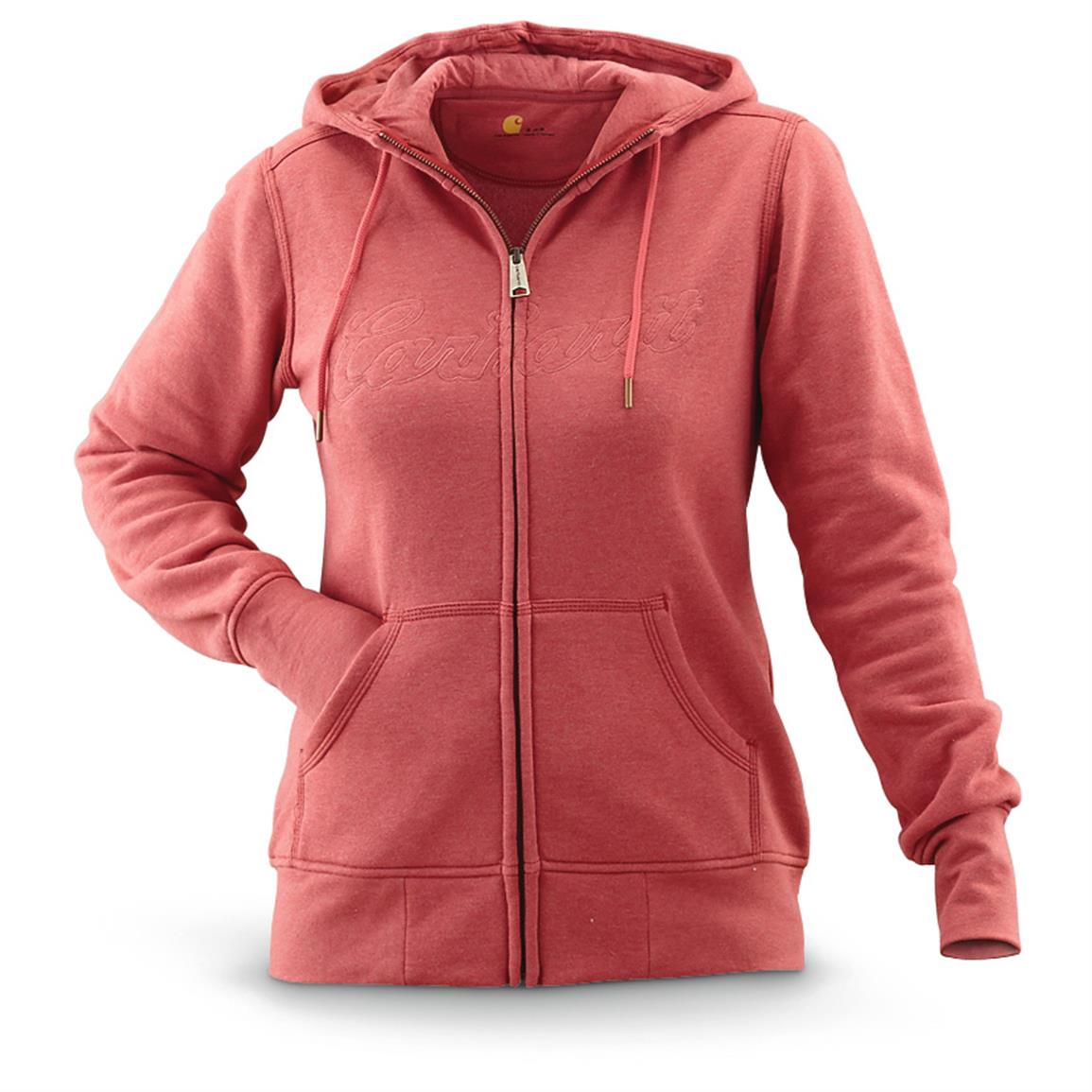Things to Consider When Picking the Right Sweatshirt

Sweatshirts are long-sleeved shirts that are typically constructed from thick cotton fabric. They are usually used for casual wear but aren't as dressy as sweater s or cardigans. They might not come with a hood. If you're interested in buying a sweatshirt, here are a few tips:
The Norma Kamali brand spread the appeal of sweatshirts
Since the end of the 70s in the late '70s, Norma Kamali has transformed the basic sweatshirt into an art. Her designs have become an essential part of every woman's closet. sweat shirts from a tummy-tucking crew neck , to leather paneled sweatshirts. She also has created clothes in unusual designs, like a tank top with an oversized trumpet skirt.
The collaboration with the brand and the sweatshirt maker Everlast resulted in her Timeless line, which was an instant hit when it appeared in the Spiegel spring 2006 catalog. The collection featured knits that could be interchangeable or convertible in classic shapes and many of the items were priced below $20. Even if The Norma Kamali Timeless collection wasn't available in stores, customers could still find these items through eBay or Poshmark.
Merino wool sweatshirts are more comfortable than soft sweatshirts.
Merino wool is known for its moisture-wicking properties which help to keep you dry and comfortable. This is a naturally-occurring fiber that also offers a more comfortable feel. The fabric also dries quickly when compared with other natural materials. In addition, it is a renewable resource. The merino sheep shed their coats each year and grow new ones.
The weight-to-heat ratio of merino wool makes it an ideal material for sweatshirts. It aids in controlling body temperature due to its loft which naturally holds heat in the fibers. This is the reason Merino wool sweatshirts are ideal for outdoor and summer activities such as mountain biking and running. The warmth they provide ensures that the wearer stays comfortable and dry. This is crucial when working out.
Zip-front hoodies come with kangaroo pockets.
Kangaroo pocket hoodies are a popular style of hoodie. These hoodies feature a huge pocket in the front, that will keep your hands warm during cold days. They're also more practical than traditional pockets as they allow your hands to slide in and out easily.
Kangaroo pockets are typically large enough to hold a wallet or some other small personal items. They're typically big enough to hold the palm of a hand that is small, and can even be wide enough to fit two hands. They are wide on either side , and are ideal for carrying small objects.
French Terry fabric is a very popular material for sweatshirts.
The French Terry fabric is composed of soft yarns knit into loops and are usually midweight. It is also renowned because of its capacity to absorb away moisture and is already pre-shrunk. French terry is a great choice for sweatshirts because it keeps you warm when you need it and also keeps your cool when you want to cool off.

French terry is also popular for loungewear, since it has enough stretch and flexibleness to feel great on your skin. more info allows for enough air to circulate throughout the fabric, making it perfect for layering under other clothes. In addition, because it's lighter than other sweatshirts you can wear it all year round without feeling too hot or cold.
Hoodies are classy and have a connotation of class.
While it may seem that hoodies are just an appropriate clothing item for people of the working class, the reality is that they have a classist connotation. Hoodies were popular in the late 1970s , in New York, where graffiti artists would wear them to conceal their identities. In 1976 Hoodies made their main debut in the film "Rocky," when the working-class main character was seen wearing hooded gray sweats on his memorable climb to the top of the Philadelphia Museum of Art.
Hoodies are frequently linked to death, destruction and other negative things, and yet they serve a practical purpose. For instance, priests and monks might wear hoods in order to display respect and a sense of self-control.
